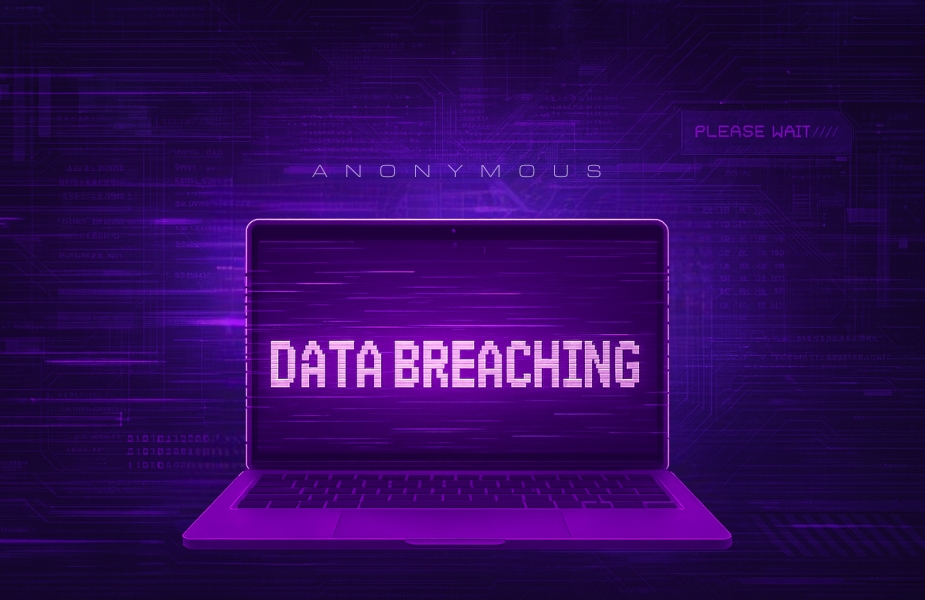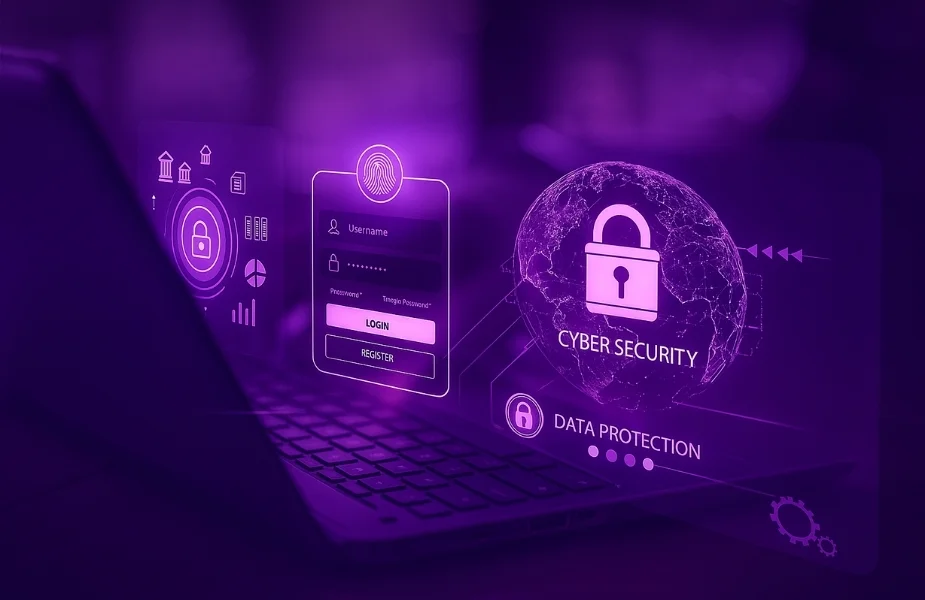When your vendor’s system gets breached, you don’t just lose trust—you lose money, data, and possibly months of operational momentum. We’ve seen it play out too many times. The SolarWinds compromise was just the beginning. Then came Kaseya, dragging MSPs and their clients into ransomware chaos. And the MOVEit file transfer breach? That one hit banks, universities, and government agencies, all blindsided not because their defenses failed, but because someone else’s did.
These weren’t amateur phishing scams. These were calculated, upstream attacks—the kind that weaponizes trust and moves silently through your digital supply chain. If your team isn’t proactively monitoring this activity, you won’t see it coming. That’s where threat hunting becomes critical, especially when visibility into third-party behavior is limited.
What Exactly Is a Digital Supply Chain Attack?
At its core, it’s a breach that doesn’t start with you—but ends with your business paying for it. Threat actors compromise a third-party provider—maybe a cloud service you use, a file transfer tool, or even a vendor’s subcontractor. From there, they move laterally into your environment by exploiting existing integrations, permissions, or data channels.
Take the MoveIt attack, for example. It wasn’t just about one product flaw. It was about scale. Organizations across sectors—finance, healthcare, and education—were affected. Not because they chose bad tools, but because the tools themselves became attack vectors.
Why Vendor Risk Is Business Risk
Too often, businesses assume their own firewalls and controls are the whole story. They’re not. Every SaaS platform, API integration, or external support provider you work with extends your digital footprint. And each one introduces potential entry points. That nice-looking payroll app? It might have lax access controls. That niche marketing tool? It could be pushing unverified updates. The point is—your ecosystem is only as strong as its least secure partner.
And here’s the kicker: you may have no visibility into how that partner manages risk. Which means attackers are counting on you not to ask the right questions—or to not ask at all.
Red Flags You Might Be Ignoring
If you’re not actively managing third-party risk, here’s what you might be overlooking:
- Vendors with unclear security policies or no real certifications
- A lack of visibility into how vendors store or transmit your data
- Excessive access granted via APIs or privileged accounts
- No defined incident response plan that includes joint coordination
- Vendors never reevaluated after onboarding
These might seem minor—until one of them gets exploited.
Vendor Risk Assessments
Here’s where a lot of companies get it wrong: they treat vendor reviews as a one-and-done deal. Fill out a checklist, sign a contract, and assume all’s good.
But the modern supply chain doesn’t stand still. Vendors evolve. They add services, bring in new subcontractors, and expand access permissions. And unfortunately, many of them don’t alert you when those changes increase risk.
That’s how attackers find their way in. They look for neglected edges—relationships that were approved months or years ago and haven’t been reassessed since. It’s not about breaking through your main gate. It’s about finding a vendor who already has the keys and never changed the locks.
Securing Your Digital Ecosystem
This isn’t about building an airtight wall. It’s about creating a smarter, more adaptive security posture.
Start with a live inventory of all vendors, integrations, and data-sharing relationships. Don’t just list names—map out what access they have and why. Then, group them by risk tier. Your payment processor shouldn’t be treated the same as a survey tool.
For high-risk vendors, ask for more than promises. Get certifications. Ask about patch cycles. Run your own third-party VAPT assessments if needed. And don’t forget your SOC. It should be pulling logs from critical integrations and watching for weird behavioral patterns. This isn’t overkill. It’s table stakes in a world where compromise can come from anywhere.
You’re Only as Secure as Your Weakest Vendor
A decade ago, attackers would look for your open ports. Today, they’re more likely to target your billing software provider. Trusting vendors blindly is no longer an option. Especially not when attackers know that third-party compromise is one of the fastest, quietest paths into your network.
At Protecxo, we help businesses uncover the cracks they didn’t know existed—through VAPT, red teaming, threat intel, and continuous monitoring of digital supply chains. Because when it comes to cybersecurity, it’s not just about your perimeter anymore. It’s about the entire chain.




